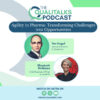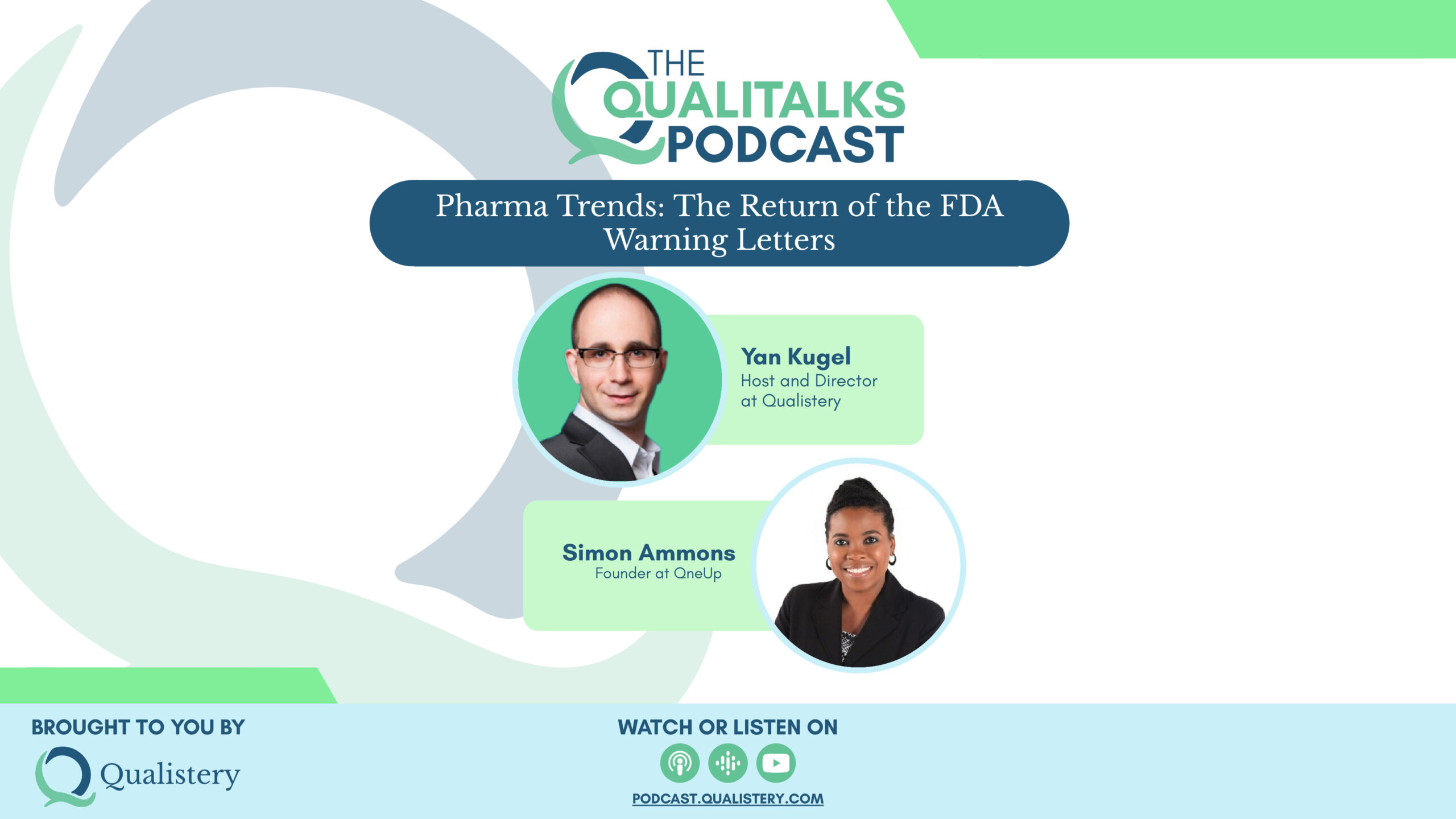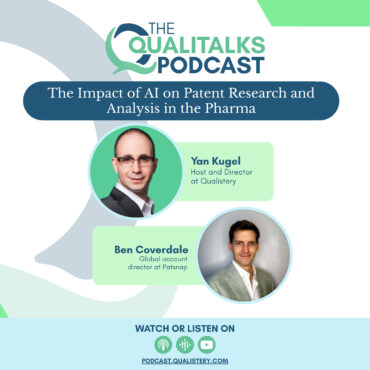The Impact of AI on Patent Research and Analysis in the Pharma [Ben Coverdale]
Yan Kugel is joined by Ben Coverdale, PhD, a seasoned global account director at Patsnap with a strong background in the life sciences and innovation and intelligence sectors. Ben brings […]





